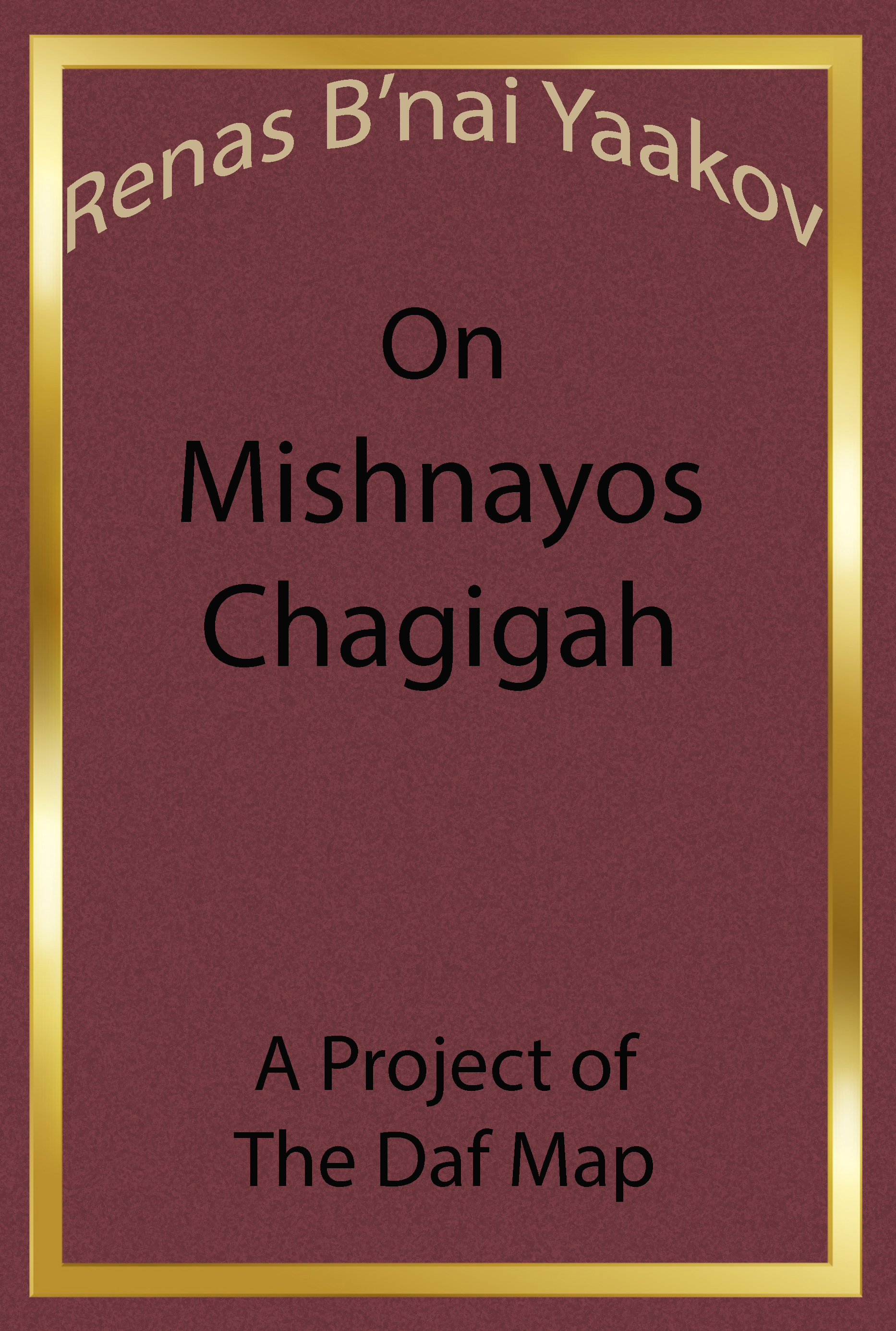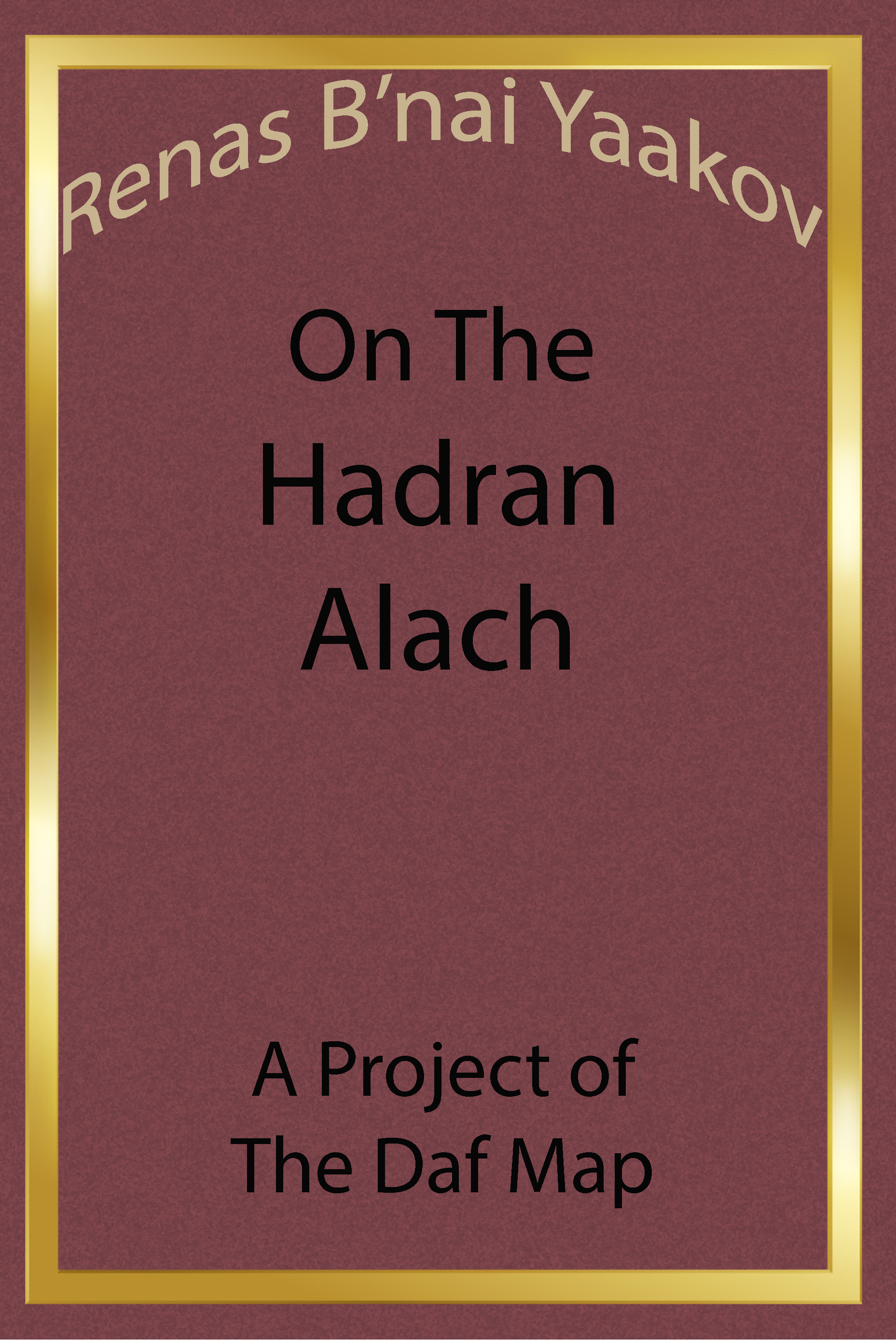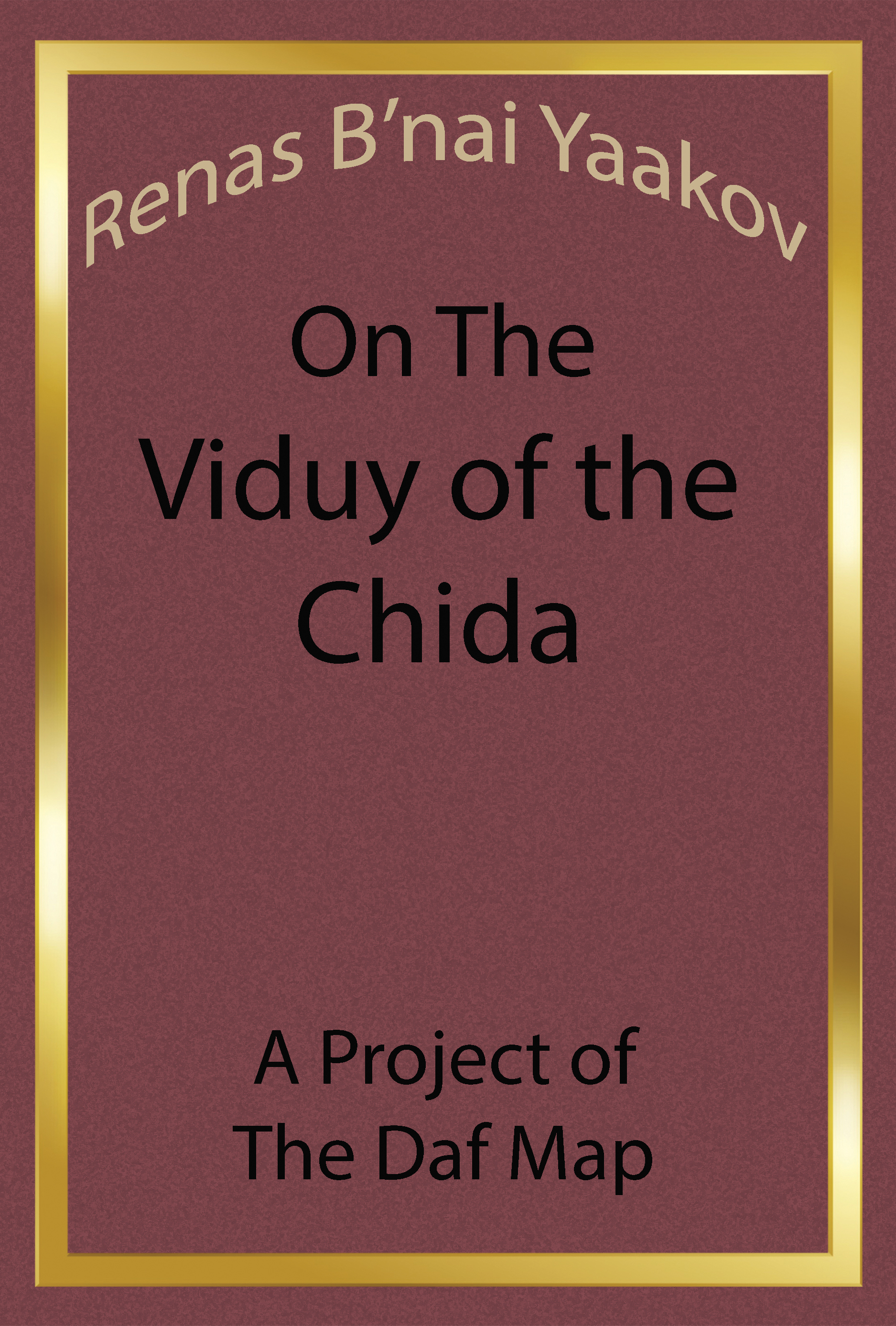Is this system only for beginners?
The Daf Map system enhances learning at all levels.
For beginners, the system is an invaluable tool to become familiar with the rhythm and flow of the Gemara. The Shas contains a finite number of "patterns," and The Daf Map system concretizes those patterns. Once a talmid acquires the skill of identifying patterns, any sugya in the Shas is accessible.
Many Talmidei Chachamim also use The Daf Map system, because it forces one to analyze the sugya more precisely. Every step of the way, one must ask: Why did the Gemara bring this statement? How does it correlate with what comes before and after? What are its implications for the wider structure of the sugya?
All these questions (and more) must be answered in order to properly "map the sugya." Hence, the more advanced the talmid, the greater the benefit -- because he will better appreciate the precise nuance of each marking.
I'm learning Daf Yomi and l'm finding the volume of material overwhelming. Can this system help me with chazara?
Good chazara is one of the biggest advantages of The Daf Map system, and this has been a great boon to people studying Daf Yomi. At the pace of one page a day, one of the most difficult challenges is to recall all that material. With The Daf Map, it is possible to look back at a daf that one has not seen in years, and have near-install recall of the sugya's structure and pshat. One can be back up to speed in 20% of the time it might normally take, freeing up more time for additional chazaras and deeper study.
Further, experience shows that after learning a sugya with markings, retention is much greater. Learning that sugya from an unmarked Gemara then becomes easy -- the patterns of markings become seared in the "mind's eye," and whenever one sees that daf again, he "envisions" those markings.
And by the way, this idea also applies to learning a piece of brand-new Gemara. Since you have become an expert in mapping out the flow of a sugya, your mind will automatically become activated in recognizing the patterns.
It seems that many young people today lack an appreciation for Gemara learning. Can this system help address that problem?
People leave Gemara because they don't have a love of learning. And why don't they have a love of learning? Because they are frustrated by their lack of success in understanding the Gemara. So while The Daf Map system is effective at even the most advanced levels, it has been especially successful at sparking an interest in those who are frustrated with Gemara learning. A complaint we often hear is that "I can say a good svara in Rav Chaim, but I have no idea what's pshat in the Gemara. I can't see the forest for the trees."
The Daf Map system solves this problem by emphasizing pshat. With a clear and precise understanding of the daf, a talmid can then move on to meforshim, confident of being anchored in the Gemara text itself.
lf this system makes Gemara learning so easy, won't I lose the benefit of "Toiling in Torah''?
Of course a person needs to exert great effort in studying Torah, but one shouldn't confuse frustration for toil. For example, a weightlifter needs to toil, but he doesn't make it impossible by bolting the weights to the floor!
What this really comes down to is a practical consideration: Everyone's time is limited. So which method of learning will get you farther, faster?
Chazal tell us that the primary purpose of learning Torah is to understand Torah and put it into practice. Rashi mentions this at the beginning of Parsha Bechukosai: "The purpose of toiling in Torah is in order to fulfill the mitzvos." The Daf Map system brings one quickly to a clear understanding of pshat, thus freeing up precious time for chazara and deeper study. Ultimately, it's a far more productive and responsible use of one's learning time.
The printed daf that we use today was set hundreds of years ago. If I add in markings, aren't I changing that?
To answer this, one must appreciate how a great talmid chacham learns a daf Gemara: He will map out the entire sugya, highlighting key names and phrases - all in his "mind's eye."
Unfortunately most of us are not blessed with such genius, particularly over the course of 2,711 daf. With the markings, we can begin to approach this level of clarity.
The Daf Map system does not add or subtract one iota from the Gemara text. A pencil is merely used to add "notes" into one's Gemara, in the form of lines and shapes, as an aid to understanding and remembering. Everyone accepts the idea of writing down Torah sh'Ba'a/ Peh for this purpose.
Can I use the Daf Map system for iyun learning as well?
The Daf Map system provides a tremendous foundation for iyun in two ways: First, the system trains one to focus on the precision of the Talmudic text. And iyun, by definition, is sensitivity to detail. Second, the markings ensure that you are firmly grounded in pshat before moving deeper -- for of course, any iyun learning must be predicated on a solid understanding of pshat.
Indeed, many talmidim have adapted the markings to iyun learning: Just as key points in the Gemara may be highlighted, so too a long Tosfos can be mapped out structurally using the same basic markings.
l'm a maggid shiur. Can I actually use the markings to give over the shiur?
Absolutely. One key advantage of this system is that by having each talmid pencil in the markings, it keeps everyone alert and involved. So while shiurim are by nature a passive experience, in the sense that the maggid shiur is giving over the material, this system keeps everyone actively involved in marking the Gemara.
But there's an even greater benefit. The markings enable the maggid shiur to refer back quickly to key points made previously -- either earlier in the amud, or from many daf ago. For example, the maggid shiur might say: "The Gemara will now examine the machlokes between Rava and Abayei, whose names we circled on the previous daf." Or: "The Gemara is asking a kasha on the statement of Rav Huna that we dot-underlined at the top of the amud." In this way, everyone is able to quickly focus on this key point, allowing the rriaggid shiur to maximize the limited available time. And best of all, everyone gets it; no one is left behind.

A translation and commentary on Mishnayos Chagigah with over 1,100 footnotes.
Purchase Here
A translation and commentary on the Hadran Alach that is said at the conclusion of a siyum.
Purchase Here
A translation and commentary on the Viduy of the Chida and other confessionals we say throughout the year.
Purchase Here